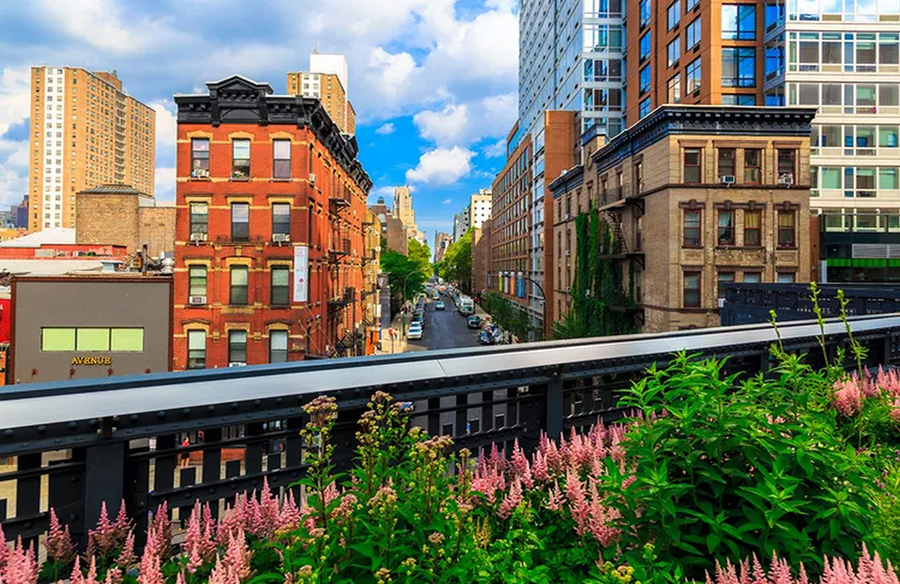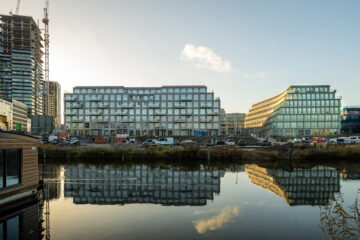The Role of Green Spaces in Combating Urban Loneliness

In bustling urban landscapes teeming with opportunities for social interaction, loneliness often lurks as a silent but significant issue, with far-reaching consequences for individual well-being and public health.
Understanding the Loneliness Epidemic
Dr. Vivek Murthy, former United States Surgeon General, has termed loneliness a global “epidemic” that poses serious health risks, including increased mortality rates, heart disease, depression, anxiety, and cognitive decline. The workplace also suffers, with loneliness linked to decreased productivity and creativity.
The Impact of Green Spaces
A recent study published in Scientific Reports highlights the potential of nature to alleviate loneliness among urban residents. Researchers examined data from over 750 participants in the United Kingdom, using a smartphone app to assess feelings of loneliness and interactions with natural surroundings. The results revealed a significant correlation between exposure to green spaces and reduced loneliness levels.
Findings and Recommendations
Participants reported a 38% increase in loneliness in overcrowded environments, underscoring the negative impact of urban density on mental well-being. However, interactions with nature, such as seeing trees, plants, birds, or water, led to a 28% decrease in loneliness. Moreover, feelings of social inclusivity contributed to a 21% reduction in loneliness.
Implications for Urban Planning
The study suggests that incorporating high-quality green and blue spaces, such as parks and rivers, into dense urban areas could mitigate feelings of loneliness. These findings align with previous research on the psychological benefits of nature exposure, including the Japanese practice of “forest bathing,” which promotes relaxation and stress reduction.
Embracing Nature for Health and Well-being
As cities continue to expand, prioritizing access to nature becomes paramount for fostering thriving urban habitats. Landscape architect Johanna Gibbons emphasizes the profound connection between humans and natural environments, advocating for urban designs that prioritize green spaces to promote holistic well-being.
Conclusion
In the quest for sustainable urban development, addressing loneliness emerges as a crucial aspect of enhancing quality of life in cities. By integrating green spaces into urban landscapes, policymakers and planners can not only combat isolation but also cultivate environments where individuals can thrive mentally, physically, and emotionally.





























